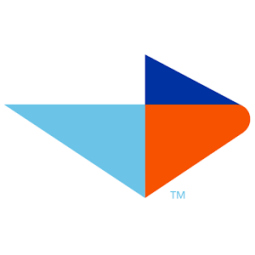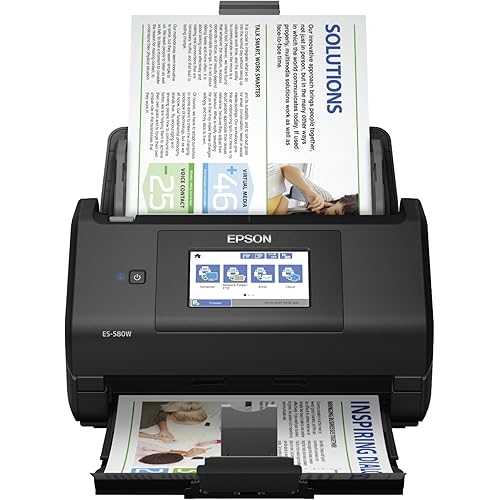KODAK SLIDE N SCAN Digital Film Scanner 7" Max - Negatives Film and Slide Digitizer with Large 7” LCD Screen, Convert Color & B&W Negatives & Slides 35mm, 126, 110 Film to High Resolution 22MP JPEGs
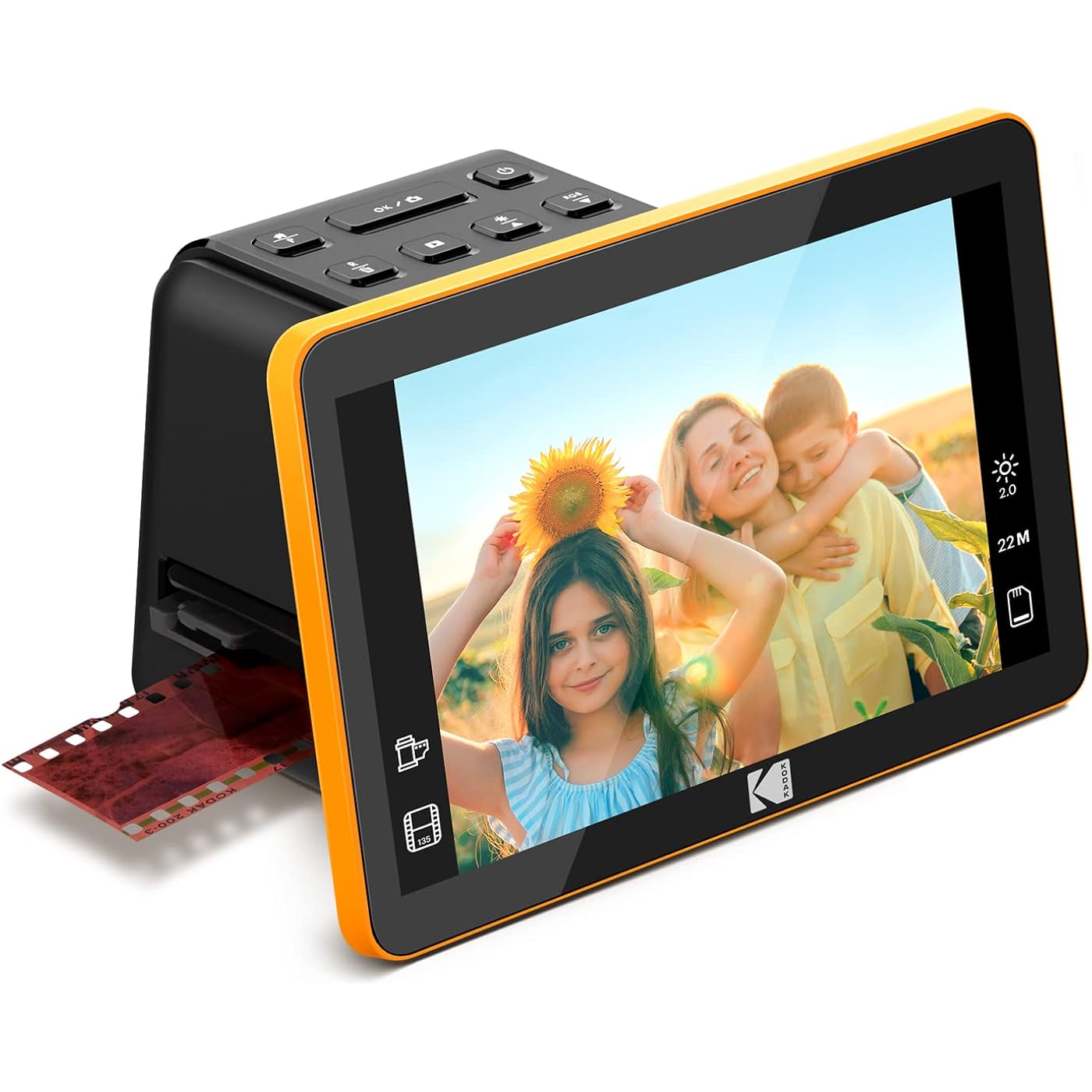
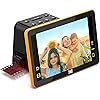


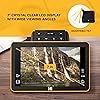


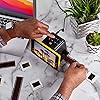
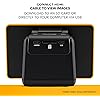

Buy Now, Pay Later
- – 6-month term
- – No impact on credit
- – Instant approval decision
- – Secure and straightforward checkout
Ready to go? Add this product to your cart and select a plan during checkout.
Payment plans are offered through our trusted finance partners Klarna, Affirm, Afterpay, Apple Pay, and PayTomorrow. No-credit-needed leasing options through Acima may also be available at checkout.
Learn more about financing & leasing here.
30-day refund/replacement
To qualify for a full refund, items must be returned in their original, unused condition. If an item is returned in a used, damaged, or materially different state, you may be granted a partial refund.
To initiate a return, please visit our Returns Center.
View our full returns policy here.
Recently Viewed
Features
- SAVE OLD PHOTO MEMORIES: 13/22MP Digital Film Scanner Lets You View, Edit & Convert Your Old Color & B&W Negatives [135, 110, 126mm] & 50mm Slides [135, 110, 126mm] to Digital Files & Save Directly to SD Card (NOT INCLUDED)
- 7 LCD DISPLAY WITH GALLERY MODE: Features Large, Crystal-Clear Screen with Wide Viewing Angle for Instantly Previewing & Editing Photos | Great for Sharing with Friends & Family or Using as an Elegant Digital Picture Frame in Home or Office
- CONVENIENT EASY-LOAD FILM INSERTS: Quick-Feeding Tray Technology Allows for Continuous Loading Action, Making Scanning Fast & Simple! Includes 50mm Slide Holder, Adapters for 135, 110 & 126 Films, Cleaning Brush & USB Cables (HDMI Cable is not included)
- EDITING WITH A SINGLE TOUCH: Advanced Capture Software Enhances, Resizes & Converts Photos Via Easy Scan ButtonNo Complex Screens or Settings! | Easy Options Let You Choose Film Type, Adjust Color/Brightness & Assign Date/Time
- SUPER CHIC. UBER COMPATIBLE: Device Handles All Your Old Slides & Negatives, Supports SD or SDHC Cards [Up to 32GB] (NOT INCLUDED) & Connects to Any Type-C USB-Enabled Computer | Gorgeous Design Blends Seamlessly w/ Your Home Decor
Media Type: Negatives, Slide, Photo
Scanner Type: Film
Brand: KODAK
Model Name: KODAK SLIDE N SCAN Digital Film Scanner 7" Max
Connectivity Technology: USB
Product Dimensions: 2.19"D x 2.83"W x 2.07"H
Resolution: 3200
Item Weight: 0.5 Kilograms
Sheet Size: Legal
Standard Sheet Capacity: 100
Product Dimensions: 2.83 x 2.19 x 2.07 inches
Item Weight: 1.1 pounds
Item model number: RODFS70
Batteries: 1 Lithium Ion batteries required.
Date First Available: June 7, 2022
Manufacturer: KODAK
Frequently asked questions
To initiate a return, please visit our Returns Center.
View our full returns policy here.
- Klarna Financing
- Affirm Pay in 4
- Affirm Financing
- Afterpay Financing
- PayTomorrow Financing
- Financing through Apple Pay
Learn more about financing & leasing here.

